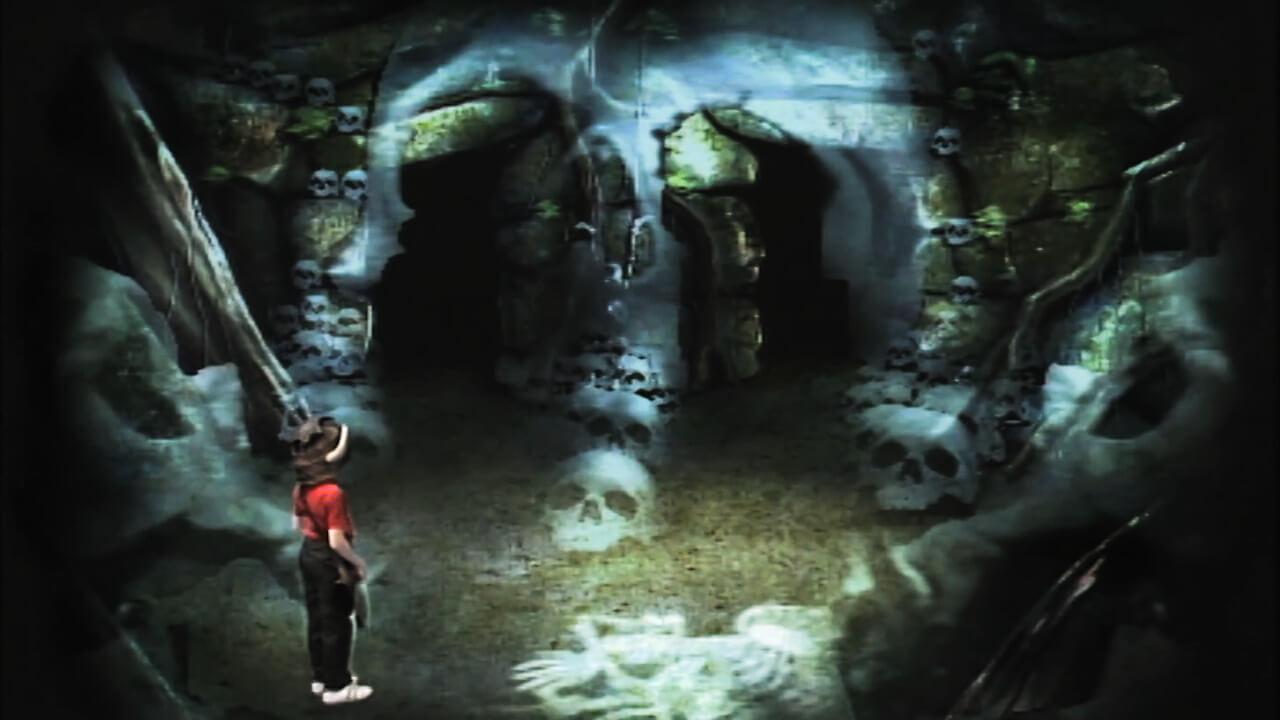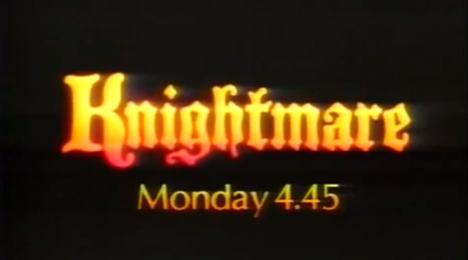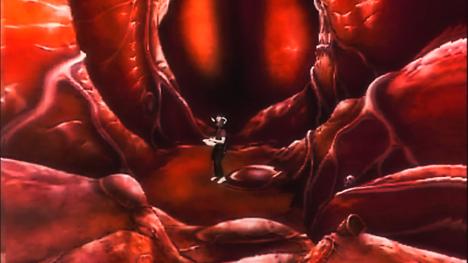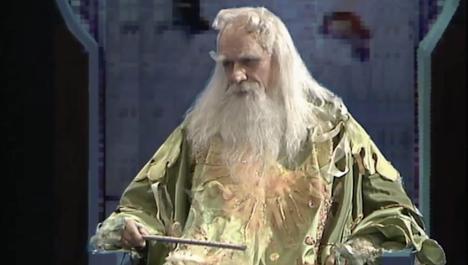Knightmare attracted numerous complaints in 1988 for encouraging 'an interest in the occult'. To mark Halloween, we've listed the ways in which it managed to spook the British public.
From the beginning, Knightmare was no stranger to criticism. It almost became a badge of honour.
During its first series, journalists were quick to lure a snap judgment from moralist Mary Whitehouse about a new show that was 'killing children'.
Complaints from the public kept rolling in. According to The Times, in 1988 weighty mailbags were received about the following:
- A Joan Collins mini-series, Sins, for broadcasting rape pre-watershed.
- Two shows from Channel 4, Testament and New Faces.
- Knightmare, which 'encourages an interest in the occult'.
The patterns of complaints suggested they could be driven by factors such as press coverage. Thames reported receiving complaints about a programme before it had appeared on air.
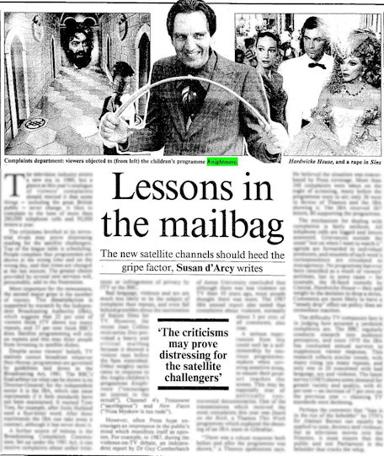
So, how did Knightmare engage with 'the occult' such that it unsettled the British public by 1988?
1. Magic
Lots of it. Magic played a big part in Knightmare, and no team managed to win without it.
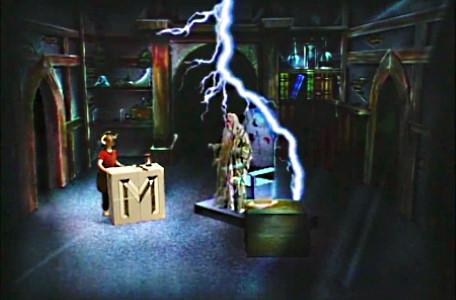
Magic was also gifted more abundantly in the early stages of the show. In the first series, teams could receive up to three spells at a time.
It also manifested in other ways, such as an amulet or talisman of invisibility (e.g. Series 2, Team 12).
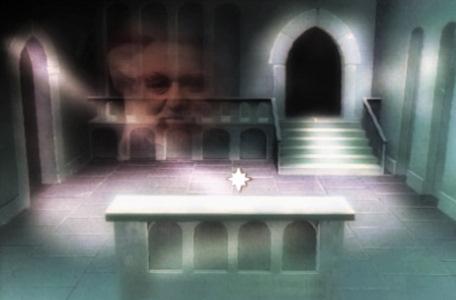
As Knightmare continued, this expanded to potions, rings, gloves and other artefacts.
You magicked me back down to earth, so I am going to magic you a little something for your journey.
2. Sorcery
Knightmare was underpinned by its wizards, mages, sorcerers and sorceresses. These were the greatest source of help or hindrance to questers.
In the early series, the principal opponent is Mogdred, the dark side of Merlin's magic. He often appears as a spectre, attempting to frighten teams into mistakes or submission.

Mogdred alternated with the dangerous Morghanna in 1989 and then the similarly dual-natured Malice in 1990. He was replaced by techno-sorcerer Lord Fear from Series 5.
One of the first recurring characters was the unforgiving sorceress, Lillith. She racked up more victims than any other Knightmare character.
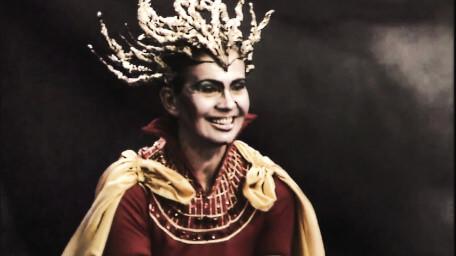
In Series 3, the arrival of Hordriss - labelled 'the Confuser' by the druids - created a new dangerous and unpredictable outsider.
3. Witchcraft
Knightmare also loved witchcraft as part of its dungeon fabric.
The mischievous crone, Mildread, was introduced in 1988. She would impersonate other forms and voices to lure unsuspecting dungeoneers into her cauldron.
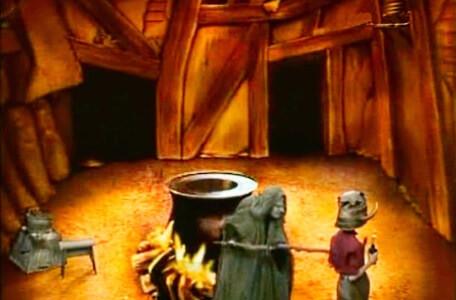
Much later came the coven of Grey Sisters, who occupied a territory called Witch Haven.
Their leader, Greystagg, is an influential presence. She is initially flanked by regular characters Peggatty and Heggatty.

In a twist, one dungeoneer must dress in a robe and fly on a broomstick to evade the Grey Sisters' heightened defences.
4. Alchemy
This unusual theme, of magically changing substances (most commonly to gold), also began in 1988. It featured twice in general knowledge testing.
The first team answered correctly and went on to become the show's first winners. A later team in Series 6 (1992) didn't know the term, which arguably cost them a winners' trophy.
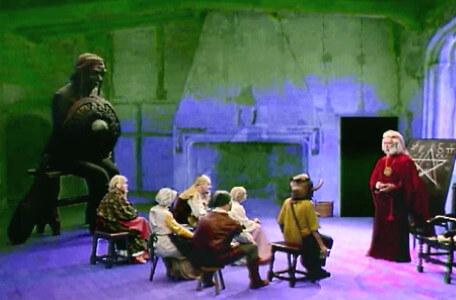
In Series 7, the eccentric Rothberry is introduced. He is a haphazard alchemist (and is soon expelled from the centre of town), but a more effective apothecary.
5. Monsters
The Knightmare dungeon features lots of monsters and malignants.
By 1988, there were already multiple wall monsters, cavernwights, dragons, gargoyles and a giant spider called Ariadne. Shortly afterwards came goblins and hobgoblins, an ogre, and a behemoth.
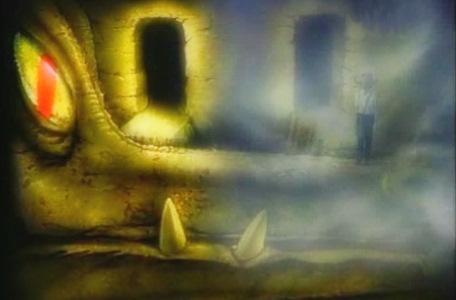
Goblins remained the most pervasive threat for the rest of the show. In Series 8, we saw a regular new roaming threat in the form of Miremen.
A troll and a giant also featured as talking head characters in the early series.

In Knightmare's later years, trolls were reimagined as large stone beasts that pursued dungeoneers.
A dungeon is a dark, dank, dangerous place. It's not the sort of place you would send six-year-olds in.
6. Spirits and the Dead
Many of the threats in Knightmare were ghostly, phantoms or apparitions.
Early threats by 1988 included the Catacombite, deadly cavern wraiths, and an undead scorpion. Some teams encountered an Oracle or released a ghost from a spell.

Main opponent Mogdred also tended to appear as an spirit.
The early series featured venues that were regularly haunted. The Corridor of the Catacombs is 'patrolled by the army of the dead', while skeletons routinely guard the threshold to Level 3.
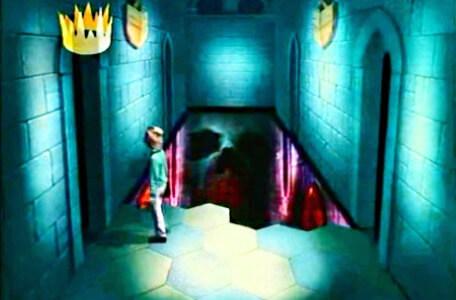
In Series 3 (1989), animated skulls and hauntings are introduced. Later followed geists and stormgeists, and eventually an army of skeletrons for Series 8.
Skeletrons are sort of reconstituted warriors. You might call them undead - though I'm not convinced they ever lived.
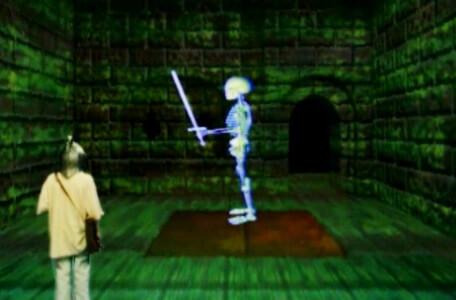
The afterlife was also a theme in some of Knightmare's magic.
One Series 3 team must use a GHOST spell to pass through a wall and spook a guard.

A Series 4 team receives a HERO spell to 'summon one who is long dead to your cause'. Their quest ends before the spell could be used.
